The Secret to Keeping Veggies Fresh
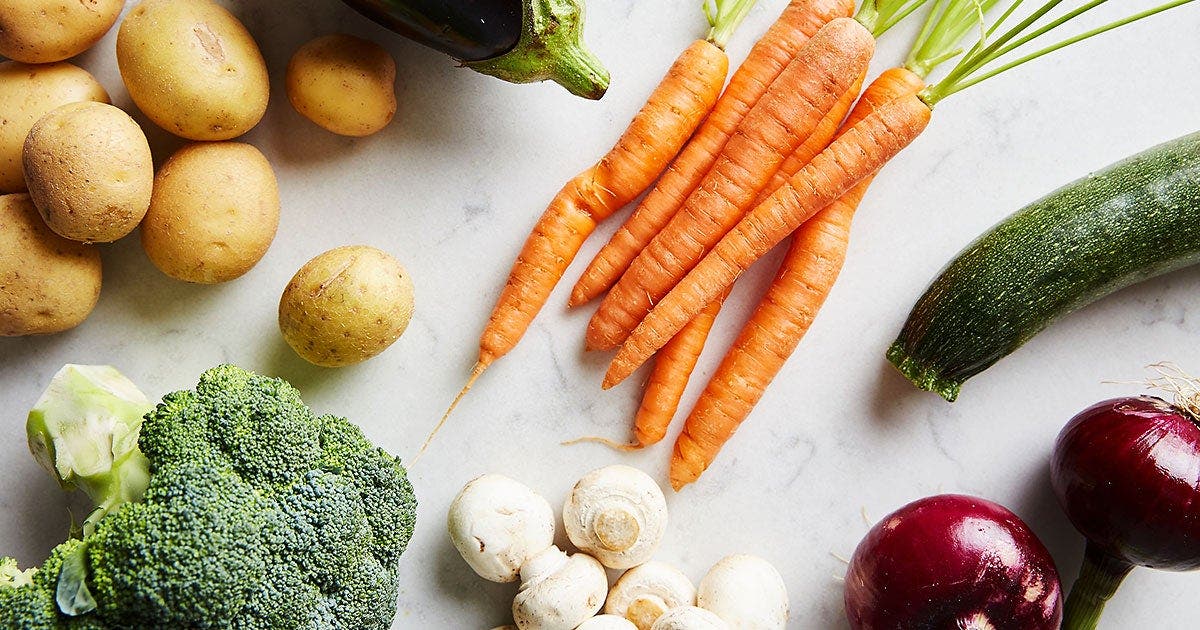

You know you’re on WeightWatchers® when your fridge is packed with so many vegetables that you barely have space for other groceries. After all, most veggies are ZeroPoints™ foods—meaning you can snack on carrot sticks or have a hearty vegetable soup for dinner without touching your PersonalPoints™ Budget. It just makes sense to keep a selection of fiber-rich, filling produce on hand.
That said, nothing ruins a salad or sandwich faster than soggy spinach or mealy tomatoes, which is why experts highly recommend taking the time to store these foods properly. (Side note: Having to toss past-its-prime produce is a sad waste of food and money.) Although a few vegetables, such as potatoes, should be stored on a countertop or in a pantry, most can go straight into the fridge.
RELATED: 12 Main-Event Salad Entrées that Won't Leave You Hungry
The first step to making these vegetables last is to keep them cold but not too cold. The “just right” temperature: 40°F. If you go any lower, you’ll risk freezing the produce, says Julie Garden-Robinson, PhD, RD, a food and nutrition specialist at North Dakota State University. To prevent veggies from drying out and getting soft, wrinkled, and limp, you should also keep the environment humid. You can either place vegetables in a moisture-trapping plastic bag (sealed or open) or in the humid crisper compartment (typically the big drawers at the bottom of the fridge)—or double up and do both. Use WW FRESHPAPER Food Saver Sheets. The 100% food-safe and biodegradable sheets keep produce fresh for up to 2-4 times longer.
How to store your veggies
The next time you rearrange the fridge to make room for your produce haul, move fruits like apples and pears as far away from the veggies as possible. “As they ripen, these fruits release ethylene gas, which can cause nearby veggies to yellow and spoil,” says Garden-Robinson. Then, use these tips to determine how to best store some of the most popular vegetables—as well as how long you can expect them to last in your fridge.
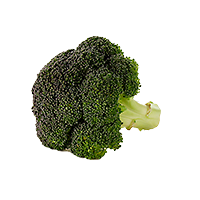 | |||
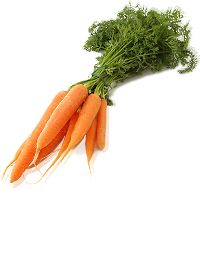 |
How to store them: Place whole carrots in a ventilated bag with a damp paper towel, which keeps veggies from drying out. Store baby carrots in the baggie they come in. How long they last: Whole carrots: two to three weeks; baby carrots: about a month. A whitish color on baby carrots is a sign they’ve lost moisture. They’re still safe to eat; just rehydrate the sticks by placing them in water for a few minutes. |
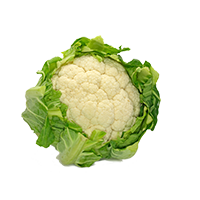
Cauliflower
How to store it: Wrap the cauliflower in a dampened paper towel, then place it in a plastic bag in the fridge.
How long it lasts: Three to five days.
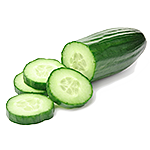
Cucumber
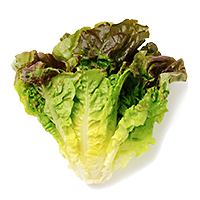
Leafy greens, like lettuce and spinach
How to store them: Store in a clean plastic bag with a few paper towels to soak up any excess moisture that can lead to sogginess. Then place in the crisper drawer.
How long they last: Three to five days.
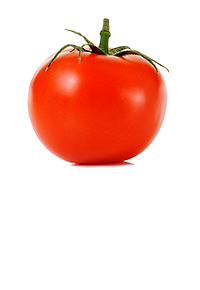
Tomatoes
How to store them: Yes, technically a fruit…but nonetheless, keep whole tomatoes, including baby tomatoes and those that are on the vine, out of the fridge (they lose firmness and flavor when chilled). Once you slice them up, store tomatoes (and any other cut up veggies) in a closed container in the fridge. “This prevents them from drying out and also from taking on the flavors of other foods,” says Garden-Robinson.
How long they last: Whole tomatoes: five to seven days outside of the fridge; sliced tomatoes: two to three days in the fridge.
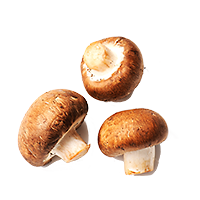
Mushrooms
How to store them: If the container they came in has holes for ventilation, you can keep the mushrooms in that. If not, place in a paper bag, then refrigerate. (FYI, mushrooms that are stored in plastic bags will become slimy.)
How long they last: Three to seven days
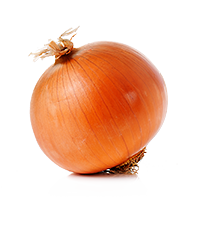
Onions
How to store them: Keep whole onions on a pantry shelf or anywhere that’s dry. If they’re stored in the fridge or, on the flip side, in a warm area (such as near a dishwasher or stove) they spoil faster. Once cut up, however, you should stash onions in the fridge in an air-tight container.
How long they last: Whole onions: at least a month; cut onions: a week or less.
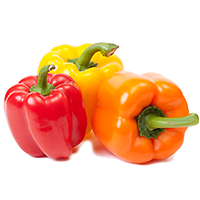
Peppers
How to store them: Place the veggies in the fridge—no bag needed.
How long they last: Four days to two weeks.
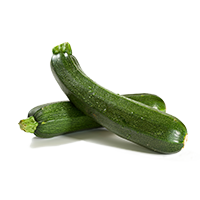
Zucchini
How to store it: As with cucumbers, you can keep zucchini in a plastic bag in the fridge.
How long it lasts: Three to five days
How to tell if produce is past its prime
If you forget to use up a bunch of lettuce or head of cauliflower in time (hey, it happens), check out the food’s color, texture, and aroma to determine if it’s OK to eat. If you just see a few wrinkles on veggies like carrots, celery stalks, or peppers, keep ‘em. These can still be used in soups and other cooked dishes. But if the item is slimy, discolored, smells off or–gag!—you spot mold, toss it, says Garden-Robinson. Definitely not worth getting sick over.
--
This article was reviewed for accuracy in June 2021 by Michelle Cardel, PhD, MS, RD, director of global clinical research and nutrition at WW. The WW Science Team is a dedicated group of experts who ensure all our solutions are rooted in the best possible research.
RELATED: 24 Tasty Ways to Eat Vegetables
